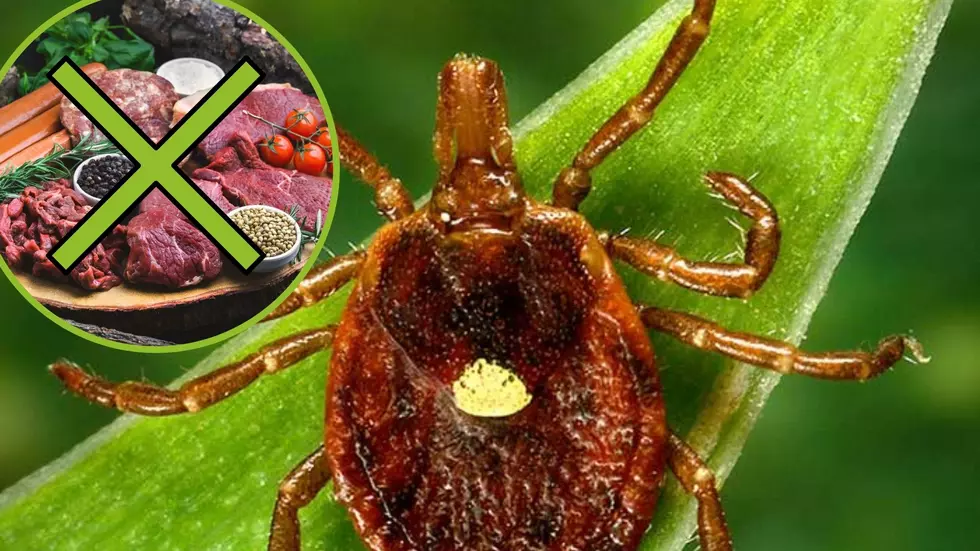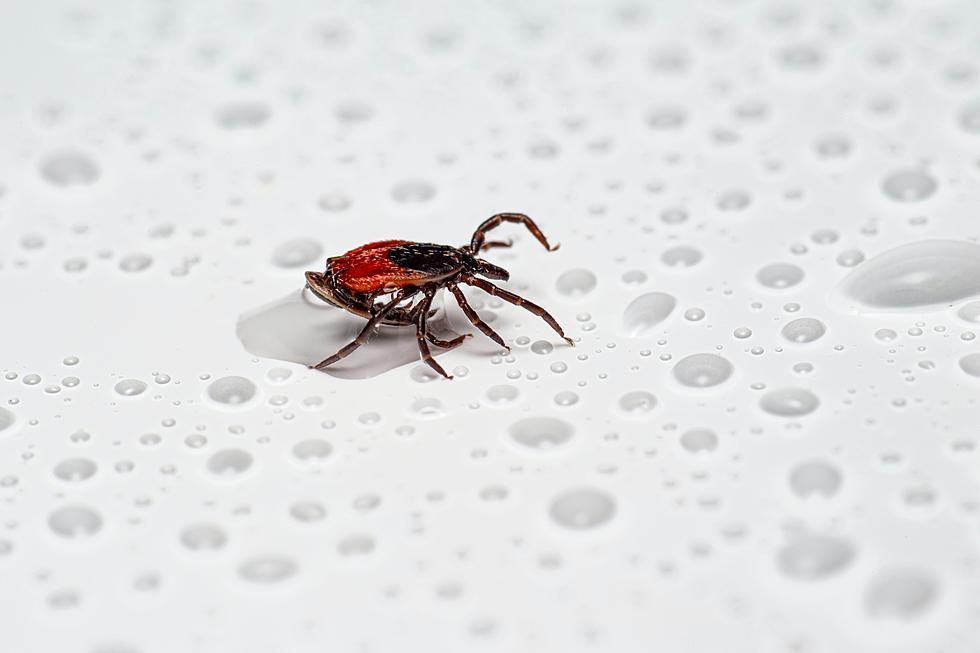
Are CNY Christmas Trees Full of Ticks?
We've heard tales of bugs and other creatures being brought into the house in Christmas trees, but what do we really have to worry about? After a hearty tick season, are those beautiful real Christmas trees harboring dangerous pests in your home?
People have been buzzing on social media about supposedly finding ticks on their Christmas trees, and this may seem logical. We have heard repeatedly how this past summer was one of the worst tick seasons we've seen in years. Even in late October, we were still hearing about the threat that these pests pose. While it's unlikely that you will find active ticks outside when the temperature is below 40, what happens when they warm up inside your house? Is this really something to worry about?
Probably not. An article from Today's Homeowner explains that it is highly unlikely.
Ticks don’t live in trees, and they don’t lay eggs in trees. They dehydrate too easily, so they stay closer to the moist ground. They aren’t found in Christmas trees, period. (Today's Homeowner)
Aphids, however, are commonly found in Christmas trees, and that may be the source of confusion.
As I can testify, they look almost exactly like ticks, with their brownish-black, flat, round bodies and short legs. The dead giveaway, though, is that Cinara aphids have only six legs, while ticks have eight. You can see what they look like at BugGuide.net. (Today's Homeowner)
The warm fall may mean that ticks could still be active out in the field when you cut down that tree, so by all means do that tick check and play it safe. Penn State College of Agricultural Sciences has a list of pests you should be on the lookout for and how to deal with them:
The best news about the spiders? They are probably just along to eat the other bugs on the tree. Enjoy your real Christmas tree this year, but don't ever use aerosol bug spray on it, since that is highly flammable.
BONUS VIDEO
More From Lite 98.7









